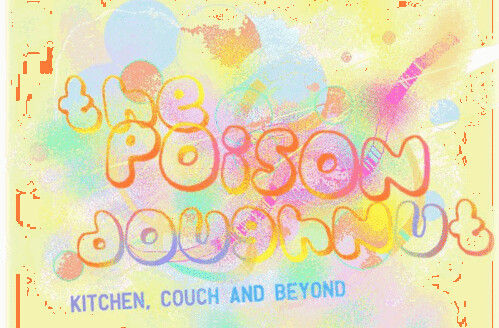The thirteen desserts of Provence
 This is pretty cool. An old Christmas tradition in the south of France is to serve thirteen desserts at the end of the gros souper, or reveillon- the Christmas Eve feast. Of course, what with the decline of religious belief and tradition in general, just like everywhere, hardly anyone does the thirteen desserts any more. But in my opinion, its a tradition that deserves a respectful salute every so often: the thirteen desserts are easy to reproduce and come with a rich and luxurious set of old-fashioned symbols and values that are sort of hard to find these days.
This is pretty cool. An old Christmas tradition in the south of France is to serve thirteen desserts at the end of the gros souper, or reveillon- the Christmas Eve feast. Of course, what with the decline of religious belief and tradition in general, just like everywhere, hardly anyone does the thirteen desserts any more. But in my opinion, its a tradition that deserves a respectful salute every so often: the thirteen desserts are easy to reproduce and come with a rich and luxurious set of old-fashioned symbols and values that are sort of hard to find these days.
In general, the Christmas feast in the south of France varies, but dishes are usually vegetable-based and contain fairly light and simple flavours.
- Le pompe a l'huile: sweet brioche-like bread made with olive oil. This bread must never be cut with a knife, but must be broken by hand, as Jesus did at the Last Supper.
- Walnuts or hazelnuts, representing the Augustinian Catholic order
- Dried figs for the Franciscans
- Almonds for the Carmelites
- Raisins for the Dominicans (these four represented the various orders through the colour of their robes or habits. These were the orders that took vows of poverty.)
- Apples
- Pears
- Preserved green melon
- White nougat
- Black nougat (the nougats represent the penitents)
- Quinces
- Grapes
- Dates (the dried fruit and nuts also represented the Eastern origins of the Three Wise Men)
Oranges and clementines are also often part of the dessert.
The list is heavily symbolic. It would be wonderful to create our own Australian thirteen desserts of Christmas, in a similar fashion. There could be pineapple, mango, some form of meringue (probably pavlova), perhaps lamington, cherries, lychees to represent our Eastern neighbours.... what else?







1 comment:
Mmmm. The 13 Australian Christmas Desserts sounds like it's of to a good start! My family really likes pompe à l'huile for breakfast - you can find a recipe on my site here: French Chrsitmas Traditions. Joyeux Noel!
Post a Comment